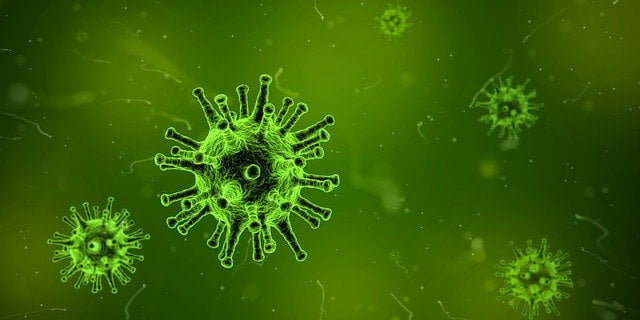COVID-19: Outcomes In The Race To Find An Antidote

What started as a mystery disease is caused by SARS-CoV-2 (Severe Acute Respiratory Syndrome Coronavirus 2) and its first outbreak was reported in Wuhan, China, on December 31, 2019, when the Chinese authorities reported severe cases of pneumonia to the World Health Organisation.
The WHO declared the outbreak a Public Health Emergency of International Concern on January 30. While WHO declared the name of the new virus as COVID-19 on February 11; it was declared it as a pandemic on March 11.
The lackadaisical delay in declaration of the pandemic remains a point of discord between WHO, which is accused of deliberate delay intentions under Chinese influence that led to the unprecedented spread of the disease worldwide, and the major countries which have been ravaged by the virus. It is a point of discord that necessitates a closure.
The virus mainly spreads through droplets released from sneezing of an infected person. The droplets also stay in the air for longer periods, hence are also transmitted in air as aerosol particles; with direct contact and touching of contaminated people and objects being the primary causative factor of the disease’s spread.
Let us have a look at the fundamentals of the virus vis-à-vis the host affected body’s interactions. The SARS-CoV-2 is a plus sense single stranded RNA virus with a genome size of 30 kb. It attacks the epithelial cells of the alveolar region in the lungs. The virus consists of a spike protein which attaches to the ACE2 receptor of the alveoli region, as a result of which the viral membrane of the virus fuses with the host cell membrane of the lungs. Upon fusion, the virus hijacks the body’s DNA inside the nucleus and starts replicating by using the host’s proteins and hence aggravating the infection.
As soon as the virus enters the alveolar regions, it stimulates an innate immune response where cells such as macrophages are released. In response to the virus, a phenomenon known as cytokine storm occurs where the immune cells and cytokines are released in excess and precipitates an anti-inflammatory response recognising the body’s own cells as invaders; thereby damaging the host’s immune system, ultimately causing death.
The history of occurrence of coronavirus date back to the early 2000s. It first caused an outbreak in 2003 in the southern part of China and was named as SARS CoV (Severe Acute Respiratory Syndrome Coronavirus). Bats are the main reservoirs of this virus. In 2012 and 2015 it caused an outbreak in Saudi Arabia and was named as MERS-CoV (Middle East Respiratory Syndrome); with the virus said to have been transferred from a camel.
The analysis of the genomic sequence of SARS-CoV-2 shows it spreads very rapidly and has a very high mutation rate, as compared to the SARS 2002/3 outbreak. Studies have shown that pangolins are the main carriers of SARS-CoV-2 virus, since both of their genomic (RNA) sequences share 99% similarity.
Seeking a COVID-19 Antidote
According to WHO, there are some 60 vaccines under various stages (Refer Table 1 and 2) of clinical trials at present worldwide. In India, “Pharmaceutical companies such as Serum Institute of India, Bharat Biotech, Zydus Cadila are working towards developing vaccines against COVID 19,” said Gagandeep Kang, Vice-Chair of the Coalition for Epidemic Preparedness Innovations, India recently. According to scientists and researchers, the vaccines are expected to be available earliest by October, 2020.


Of the various anti COVID-19 drugs under trial throughout the world, the Federal Drug Administration Authority of USA has given approval to the drug Remdesivir, originally developed for Ebola virus, for the treatment of the COVID-19 patients. The much-talked about ‘wonder drug’ of Hydroxychloroquine that India (the largest producer) went out of its way as a goodwill gesture to supply across the world; is being used to treat patients the world over though with caution and is still under trial.
Plasma Therapy is also being widely used to treat COVID-19 patients, where the serum is isolated from the blood of the patient who has recovered and is injected into the infected person. This therapy was first carried out on a 49-year-old man from Delhi who tested positive on April 4 and later recovered after the therapy on April 18. The therapy is still to be fully proven and accepted.
COVID-19 outbreak is a significant international test for the medical community and a stark reminder that communicable diseases should neither be neglected nor dealt with half-hearted efforts and limited resources. The present challenge faced by the world, posed by an unseen and miniscule enemy, which has brought a new meaning and definition to life, calls for all stakeholders to gather their wares and take the enemy by its horns.

Comments are closed.